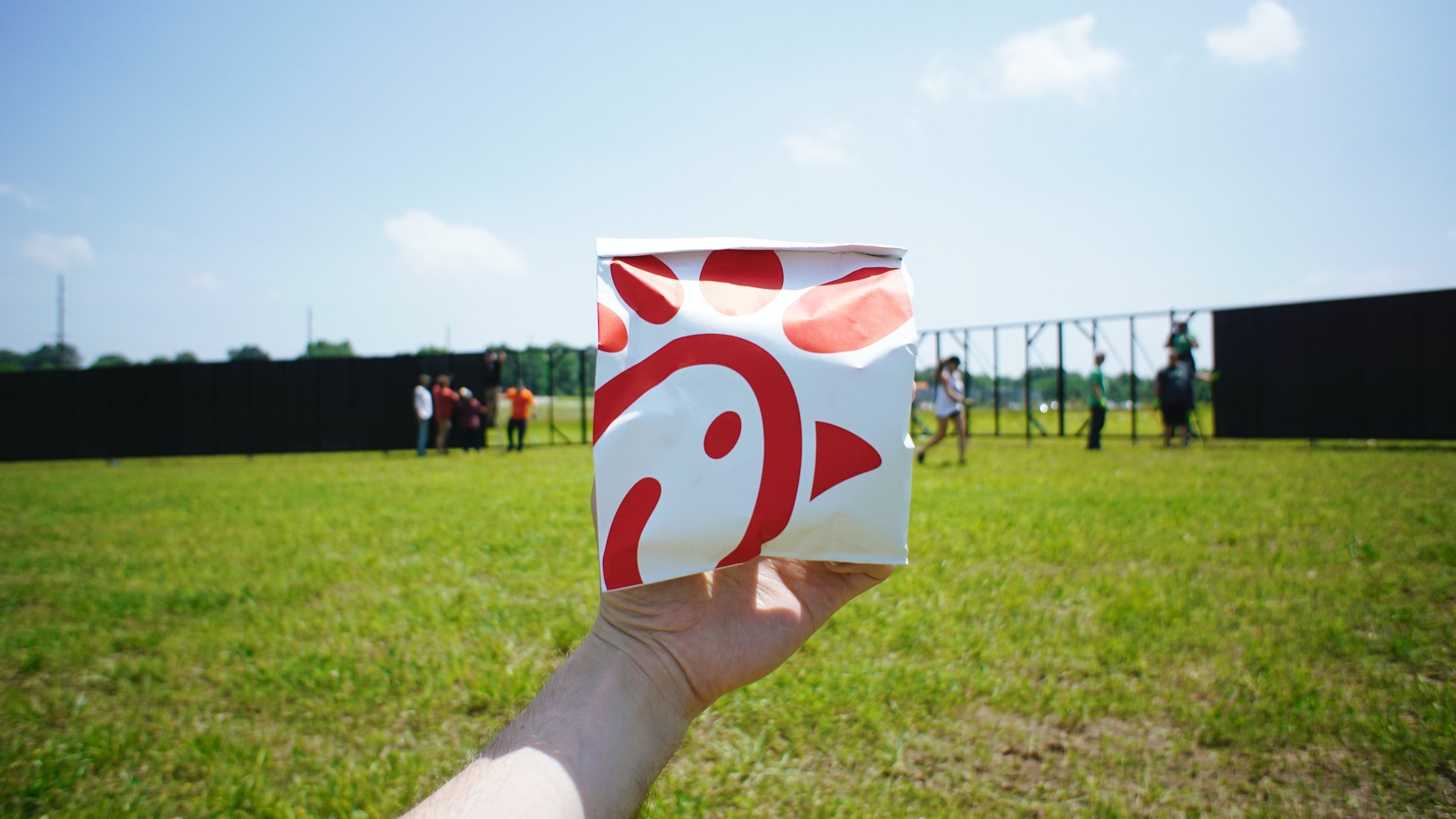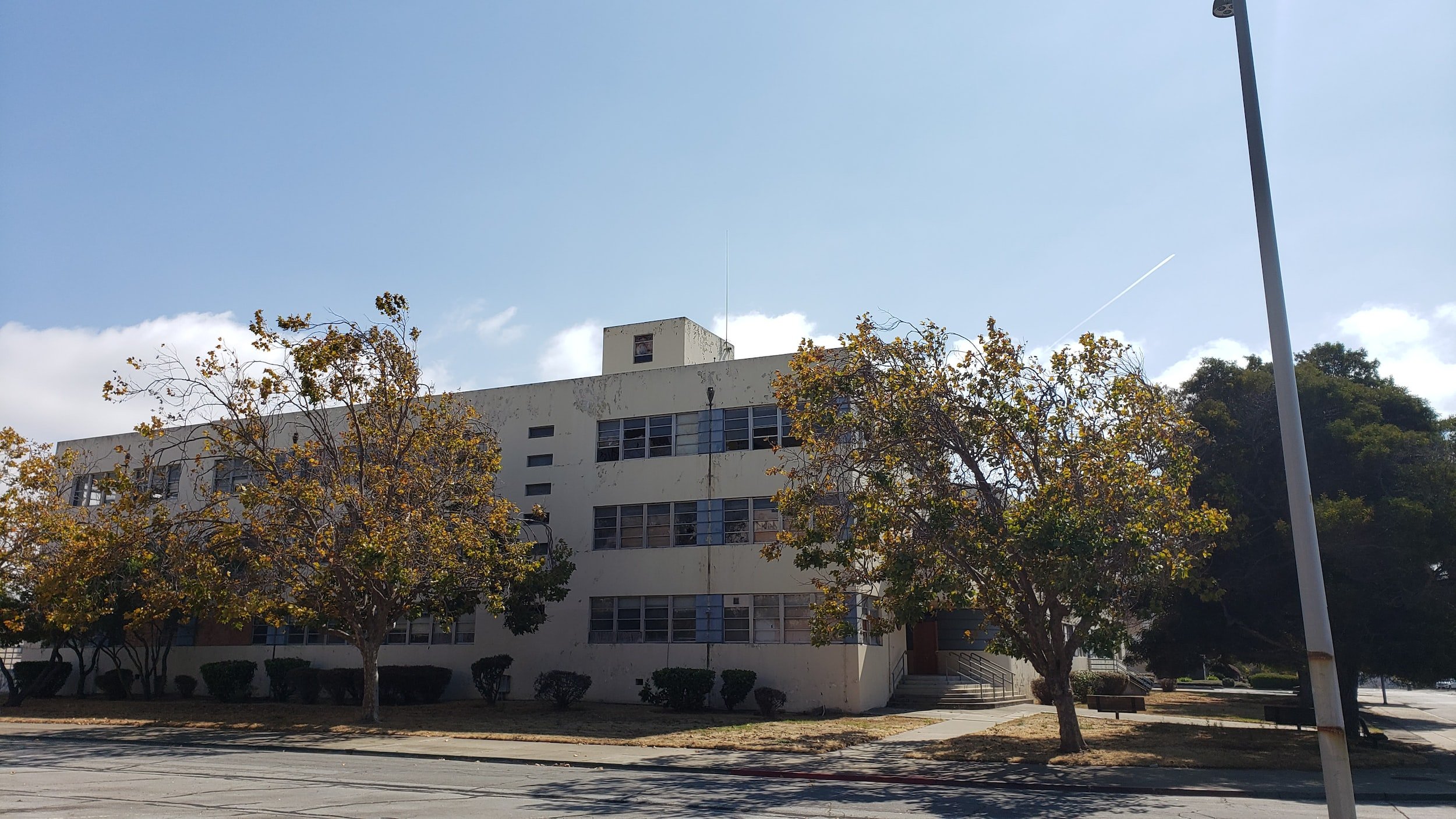Drop of 35% in Warehouse Construction
The economy has adversely affected several industries, and the latest sector to bear the brunt is warehouse construction. During an economic downturn, consumer demand for goods and services tends to decline, resulting in a decrease in demand for warehouse space as businesses scale back operations and reduce inventory levels. The reduction in investment in new construction projects, including warehouse construction, is another outcome of economic downturns. An uncertain economic outlook makes developers less likely to invest in new projects, and financing for construction may be more challenging to obtain. The increase in vacancy rates for existing warehouse space, due to businesses scaling back operations or shutting down, can also deter developers from building new warehouses if there is already a surplus of vacant space available.
Moreover, economic downturns can lead to disruptions in global supply chains, which can impact the demand for warehouse space. For instance, if imports decrease due to decreased consumer demand, there may be less need for warehouse space near ports or other transportation hubs.
Employees at an Amazon fulfillment center in Markham, Illinois, experienced an evacuation due to a nearby fire on Thursday morning.
Costco's current and former CEOs, Craig Jelinek and Ron Vachris, responded to a Virginia warehouse's recent unionization vote with a candid letter to employees.
Elon Musk is not too thrilled about a recent report that indirectly hinted at one of his beloved robots being involved in an incident at Tesla's Austin, Texas factory two years back
Federal prosecutors arrested two individuals, Adama Sow and Abdulaj Jalloh, and seized over 200,000 counterfeit luxury items worth $1.03 billion in what is being described as the largest-ever seizure of counterfeit goods in US history.
Chick-fil-A Supply, the distribution arm of Chick-fil-A Inc., is set to establish a new 120,000-square-foot distribution center in Kannapolis, North Carolina.
City permits have been issued for the construction of Building 1 at the W. 12th/Edgewood Logistics Center in Jacksonville.
This article emphasizes the importance of warehouse visibility in optimizing operations, enhancing customer service, and staying ahead of the competition.
OSHA, the Occupational Safety and Health Administration, has launched a national emphasis program aimed at reducing workplace hazards in warehouses, distribution centers, and similar facilities.
Hallmark has opened a second distribution center, named Liberty II, in Liberty, Missouri, as part of its efforts to optimize and centralize its distribution network.
Washington state has passed a bill that aims to protect warehouse workers from productivity quotas, making it the third US state to pass such legislation, after New York and California.
The economy has adversely affected several industries, and the latest sector to bear the brunt is warehouse construction.
The fast food favorite for fried-chicken lovers across the United States has announced its plans to construct its fifth U.S. distribution center.
JD.com is looking to grow its US logistics arm into its third self-operating warehouse in California.
Dubbed “self-operating warehouses”, the logistics service provider is expanding its technology to North America with the goal of optimizing inventory and storage for retailers.
Amazon President and CEO Andy Jassy shared on a. recent earnings call that the company is reducing costs in order to make their operations network a top priority.
The combination of Missouri's central location, transportation infrastructure, business-friendly environment, proximity to major cities, and availability of real estate make it an attractive location for distribution centers.
AI can be used to optimize supply chain management, reducing lead times and increasing efficiency in the movement of goods between manufacturing facilities and warehouses.
Handheld technology, such as mobile devices or warehouse management systems, can provide a number of benefits for warehouse workers.
Some have accused the logistics and transportation industries of being stuck in the “dinosaur age”. Printers, staplers, paper files, etc. The world is rapidly changing, and the logistics sector needs to evolve in order to keep up.
Despite rising interest rates and a (possibly?) looming recession, the manufacturing sector is ready to invest in new equipment and technology to improve its operations this year.





















Costco, the membership-only warehouse chain, has significantly expanded across the U.S., boasting over 600 locations.c